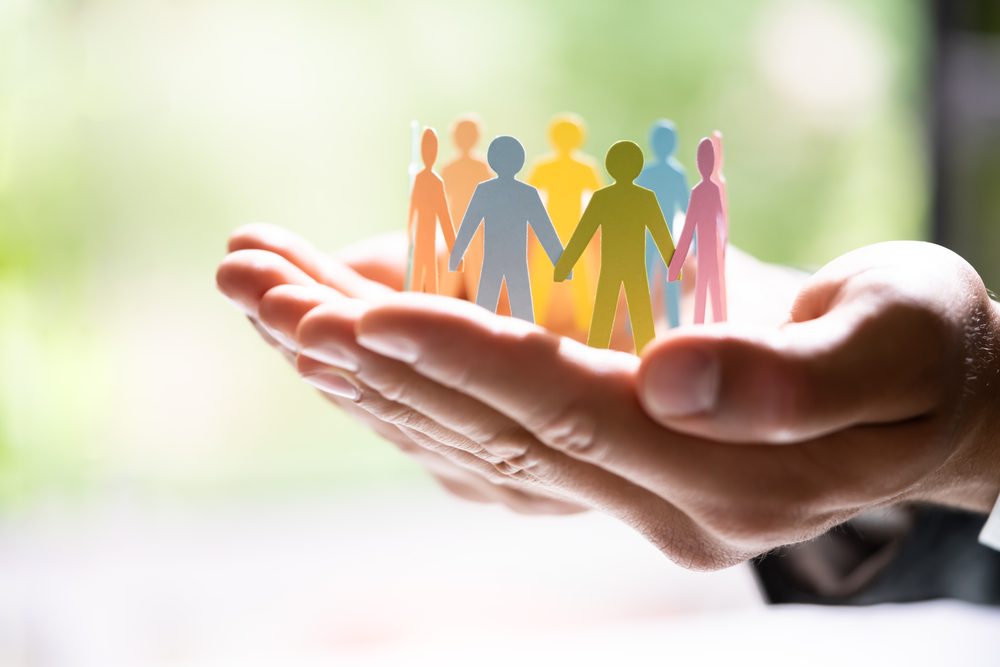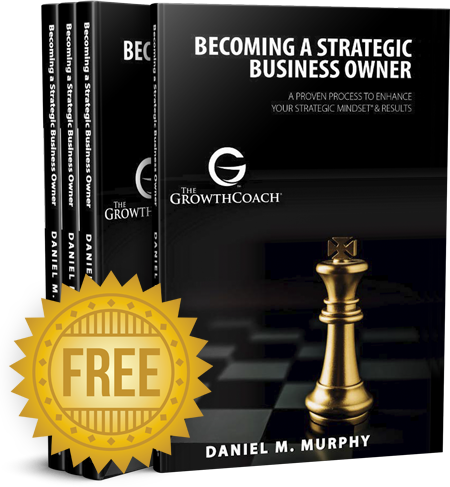By Kim Ellet, Certified Professional Coach
In the DISC Assessment, we learn that each of the four communication styles has strengths, yet within each style, too much of a “strength” can become a weakness. Too much dominance from the D style can end up alienating team members but moving things forward (a key characteristic of the D style) is essential to growing and achieving goals. Too much steadiness from the S style can lead to change resistance and slow growth but making sure the team members are on board (the S style) is important for any organization. A balance of styles is best and most effective in leaders as well as in team dynamics.
We are seeing the “too much of a good thing” concern around diversity, equity, and inclusion as well.
The term, ‘DEI’, is beginning to feel overused. Perception is changing and it’s becoming harder to achieve the desired outcomes of the effort. The goal of DEI work was to bring people together, expand participation and perspectives within an organization, and grow; both teams and the bottom line.
There seem to be two camps:
Employees who feel that they are being blamed, shamed, and made wrong are shutting down in the DEI conversations. They are feeling “DEI Fatigue” and that the emphasis is overdone. The other camp is those who feel like DEI is all talk with no real organizational change. The phrase, “checking the box” applies to organizations who are simply going through the motions to hire a diverse-looking team (to check the diversity box) yet there is no real change in the organization’s culture. The fact is, it takes everyone – all genders, races, ethnicities, age groups, educational backgrounds, ability levels, and experiences to create a true picture of serving everyone; to create a new “whole.”
Recently I had the pleasure of working with a prestigious association to facilitate their two-day Leadership Retreat. Rather than preach the “shoulds” of diversity, we focused on two main themes: Expanding Perspectives and Inclusion.
Expanding Perspectives
Again, the DISC Assessment provides an opportunity to understand different behavior styles and communication perspectives. Leaders and teams who realize the value that each style brings to the organization can also expand perspectives to see the value that additional demographic groups contribute. The most effective leaders take the time to build relationships and learn from their team members. Those leaders are open to differing points of view. Doug Baldwin reminds us, “The greatest tragedy for any human being is going through their entire life believing the only perspective that matters is their own.”
Inclusion means everyone
For all of us to truly belong, and to feel like a valuable part of the organization or workgroup, everyone must show up and participate fully. It takes all members of the team to create a true culture of inclusion and to make lasting organizational change. This particular Association is fortunate that they have developed good relationships within the Leadership Team. Most have known each other for a while so there was a certain level of trust already present. A sense of safety is important in a group to discuss topics where some may have some hesitancy.
Why this matters
Focusing on expanding perspectives and inclusion helps address the concerns of the two camps referenced above. It takes away the focus on shame and blame and it also does more than simply check the box for DEI. Think about the desired outcome for the organization’s health and growth. Be clear on why this is important to the group. Focusing on expanding perspectives and inclusion is the cornerstone of creating new organizational cultures and solutions for growth.
The real triumph is in the team coming together to embrace all points of view and organically designing action plans rather than attempting to implement outdated goals and priorities.
Let me know how this resonates with your leadership experience and what you and your team are working on.
I help leaders improve cohesion, collaboration, and connection within companies, organizations, and communities. Reach out to me for more information about bringing your team together for effective communication and facilitated safe conversations.

